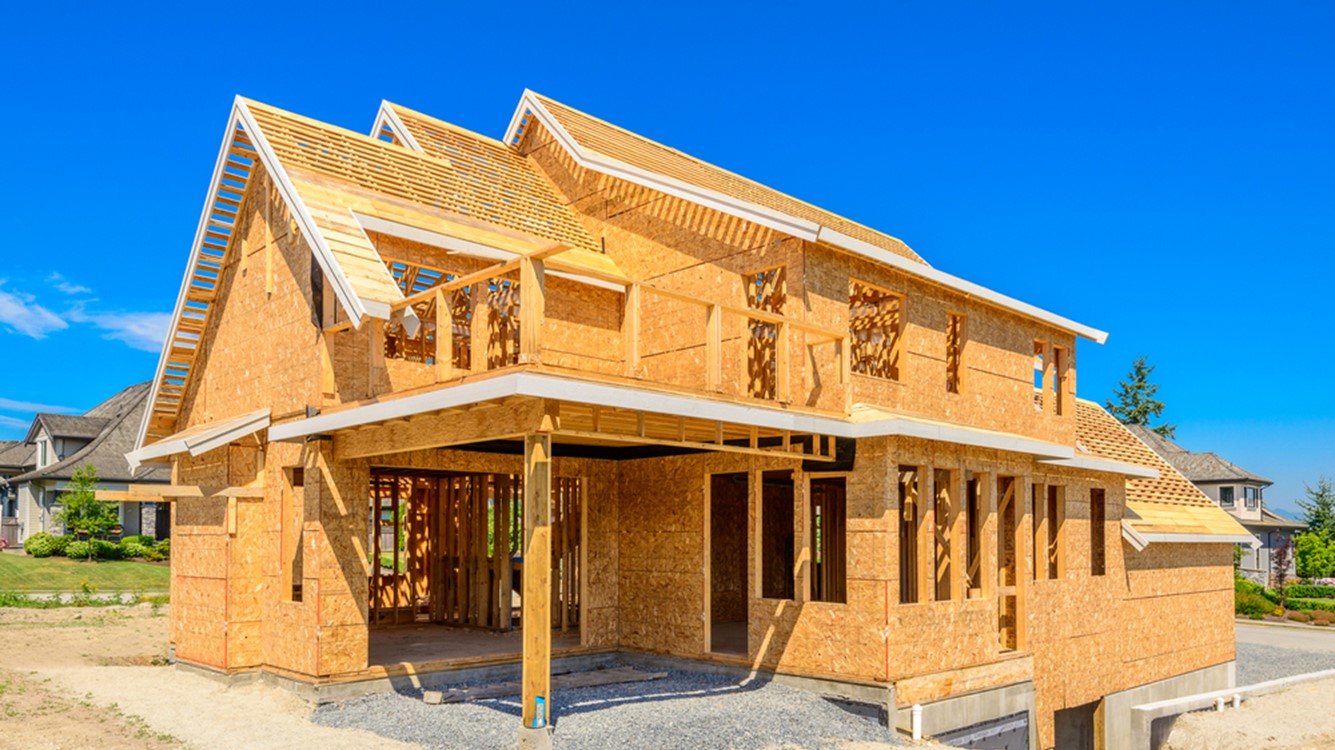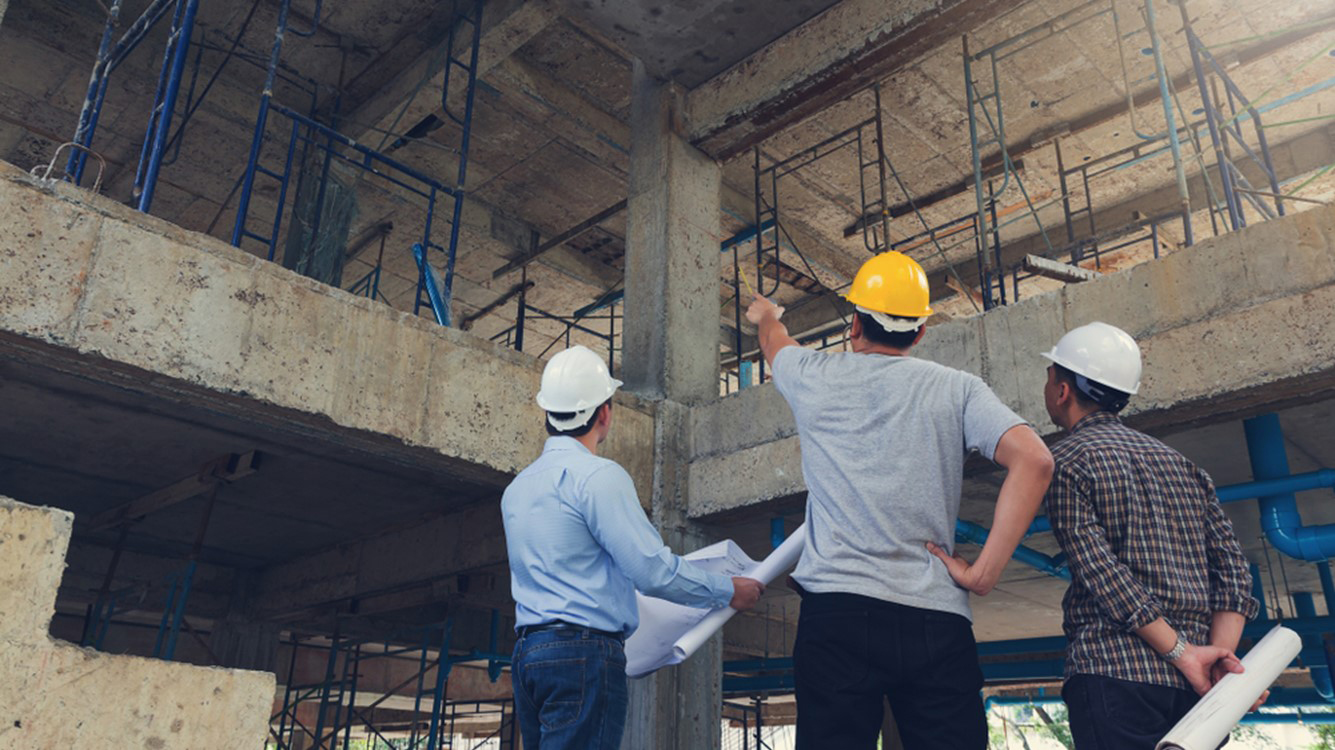Gains in home construction likely short-lived
Builder sentiment is waning.

October 18, 2023
Housing construction, known as housing starts, rose 7% in September after August data were revised lower. At 1.36 million units, starts are significantly below the 1.8 million cycle peak hit in April of last year, but still stronger than the post-housing bust average. All regions except the Northeast saw strong building activity in the month. Starts remain 7.2% lower than a year ago due to a large drop in multifamily starts.
Single-family starts rose 3.2% to 963,000 units in September, 8.6% higher than this time last year. Lack of supply in the resale market has given builders a boost in demand for single-family homes. As more buyers are priced out due to rising mortgage rates, builders are equipped to offer incentives, like mortgage rate buydowns and other discounts, to get buyers in the door. Current homeowners are much less reactive to changing market conditions.
Multifamily starts of buildings with five units or more soared 17.1% in September but remain 31.5% lower than a year ago. Builders are working through the largest backlog of multifamily construction in decades, about a million units. More apartments coming on line help bring down rents. Builders are on track to complete just under half a million units this year.
Building permits, an indicator of future building activity, dropped 4.4% and remain 7.2% lower than a year ago in September. The drop in permits came entirely from lower multifamily permits. Single-family permits grew 1.8% in the month to 965,000 units, the highest level since May of 2022. That translates to more building activity expected into next year.
Separately, home builder sentiment, as measured by the National Association of Home Builders, dropped for the third consecutive month in October to the lowest level since January. Expectations for sales six months out fell the most, as builders grappled with near-8% mortgage rates; a sharp erosion in affordability is squeezing many would-be buyers out of the market. Over half of builders surveyed have offered some form of sales incentive in October to lure buyers.
The traditional method of slowing down the economy to bring inflation down through higher interest rates is not functioning as it needs to. The majority of current homeowners either have paid off their mortgages outright or are locked into sub-5% mortgage rates for the next few years, sheltering them from rising rates. September’s inflation data showed that housing cost inflation contributed to 70% of the gains in the month. In a still-strong demand environment, the best choice to bring housing inflation lower is to build more homes. Unfortunately, builders are negatively impacted by tighter credit conditions, labor and land constraints and regulations.
Third quarter housing construction added to GDP for the first time in nine quarters.
Yelena Maleyev, KPMG Senior Economist
Bottom Line:
Third quarter housing construction added to GDP for the first time in nine quarters. However, those gains are likely to be short-lived. Demand for new homes is facing significant headwinds, as mortgage rates have risen again in recent weeks. Lack of supply is discouraging many potential buyers. Builders have noticed the diminished foot traffic.
Explore more

August housing starts fell, pushed by high mortgage rates
Builders are pivoting to single-family construction.

KPMG Economics
A source for unbiased economic intelligence to help improve strategic decision-making.

Construction spending above year-ago-levels
Supply shortages will boost the number of single-family homes built.
Meet our team

Subscribe to insights from KPMG Economics
KPMG Economics distributes a wide selection of insight and analysis to help businesses make informed decisions.
